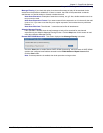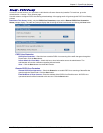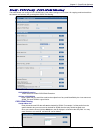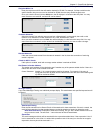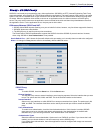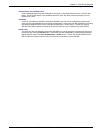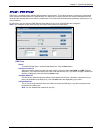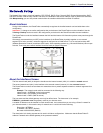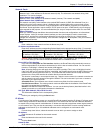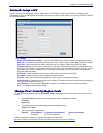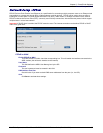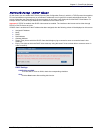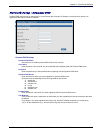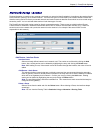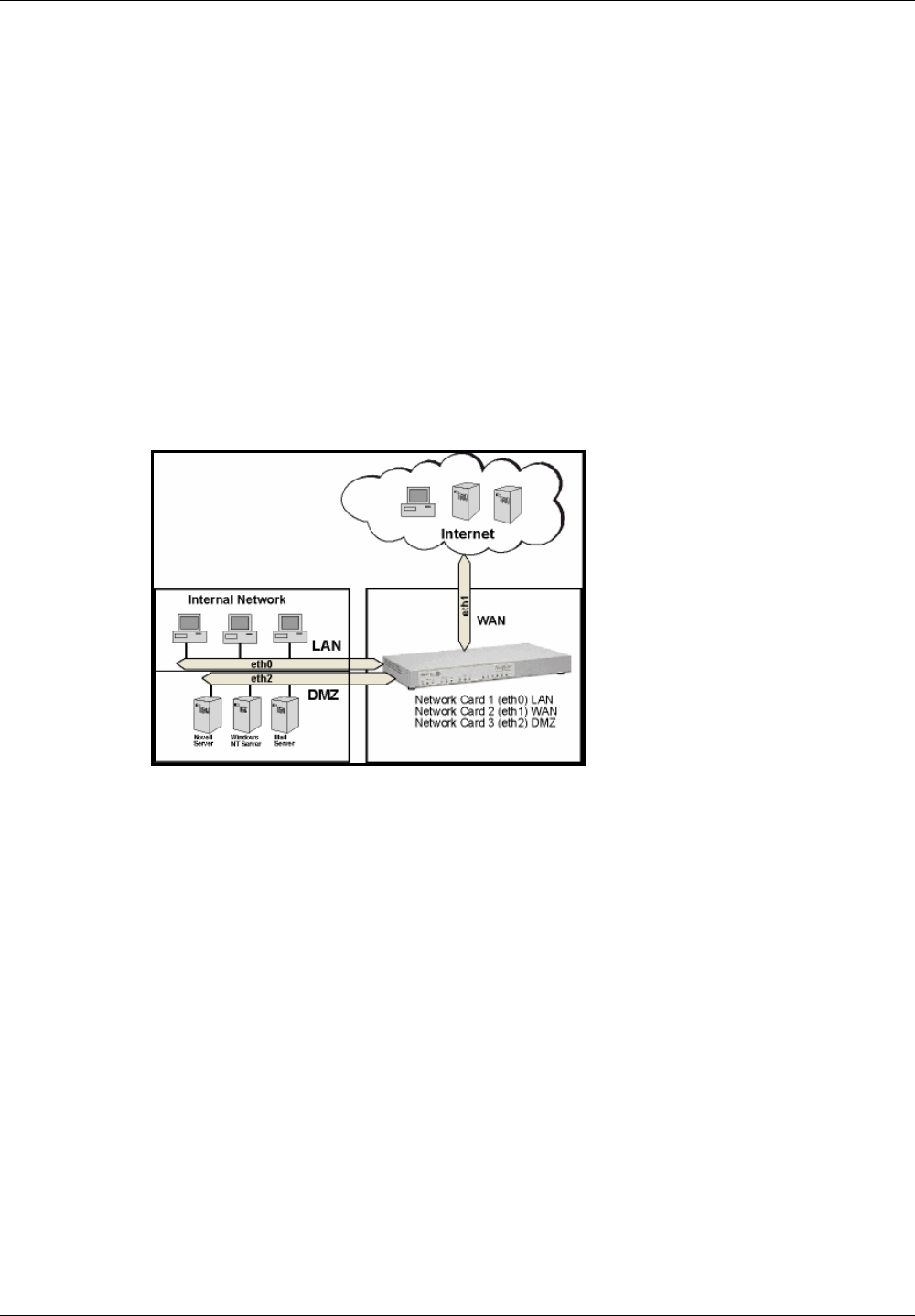
Chapter 6 – RouteFinder Software
Multi-Tech Systems, Inc. RouteFinderVPN RF760/660/600VPN User Guide (PN S000323D) 83
Network Setup > Interfaces
Network Setup
The Network Setup menus consist of Interface, PPP, PPPoE, DHCP Client, Dynamic DNS, Routes, Masquerading, SNAT,
and DNAT screens. With the help of DNAT and SNAT, the destination and source address of the IP packets are converted.
With Masquerading you can hide private networks from the outside world behind one official IP address.
About Interfaces
During initial installation, the RouteFinder automatically recognizes the installed network card and adds them to the
configuration.
Important: To change to an earlier configuration that you had saved, the RouteFinder must be re-installed. Use the
Tracking > Backup function to read in the configuration you had set for the RouteFinder after the new installation.
The RouteFinder must be the interface between the LAN and the Internet. All information packets must pass through the
RouteFinder.
We strongly recommend that you NOT put the interfaces of the RouteFinder physically together on one network
segment via a hub or a switch, unless the segment is configured as a VLAN switch. To do so can lead to faulty ARP
(Address Resolution Protocol) resolutions (ARP clash). Some operating systems (e.g., Microsoft Windows) cannot cope
with this. That is why one network interface should be used per physical segment.
About the Interfaces Screen
The first network card (eth0) is always the interface to the internal network (LAN). It is called the trusted network.
The second network card (eth1) is the interface to the external network (Internet). It is the untrusted network.
The RouteFinder must have at least these two networks active to protect separate networks or network segments from
each other.
Example: The network cards could be connected in the following way:
Network card 1: INTERNAL (to the local network)
Network card 2: EXTERNAL (to the Internet)
Network card 3: DMZ1 (DMZ for server)
The host name and the default gateway must only be defined once. The host name is, for example,
FIREWALL.yourdomain.com; the gateway could be your Internet router.
A suitable IP address must be entered for each network card. Let‘s assume that you are using a Class-C network for
your internal network, in this case the entry for network card 1 could look like the following:
Description: INTERNAL
IP address: 192.168.2.1 (Default)
Net mask: 255.255.255.0 (Default)
The description is for clarity purposes and is used in all further configurations. Make sure that the RouteFinder IP
address is entered as the default gateway in the protected networks.




